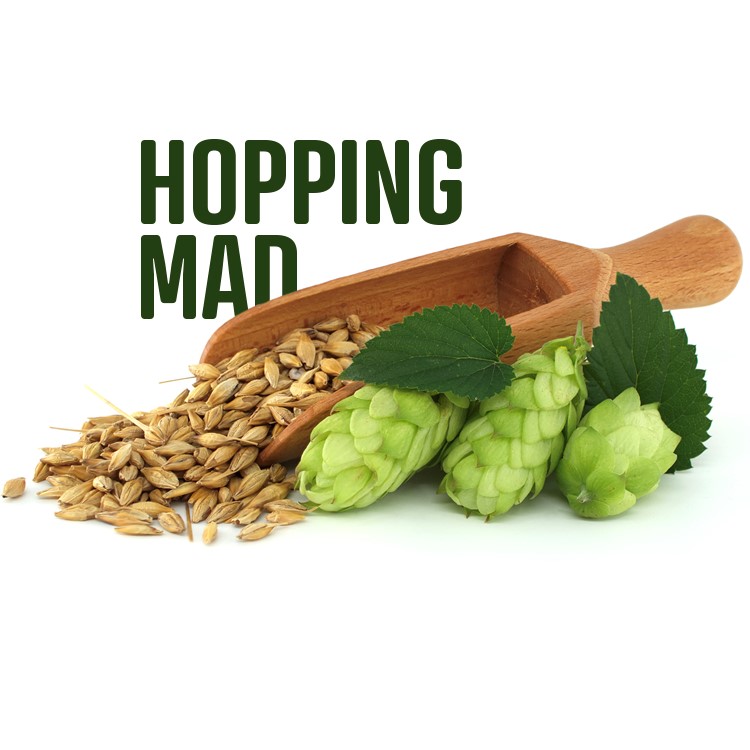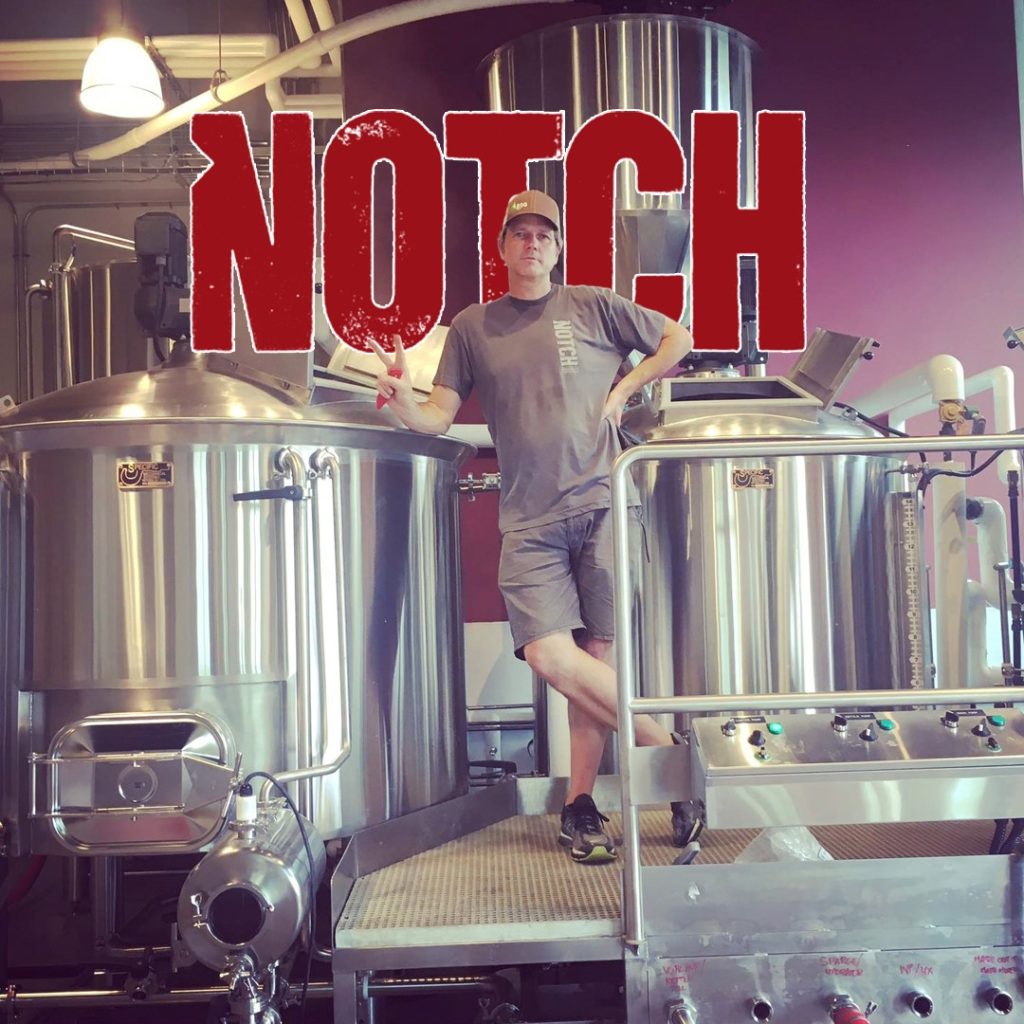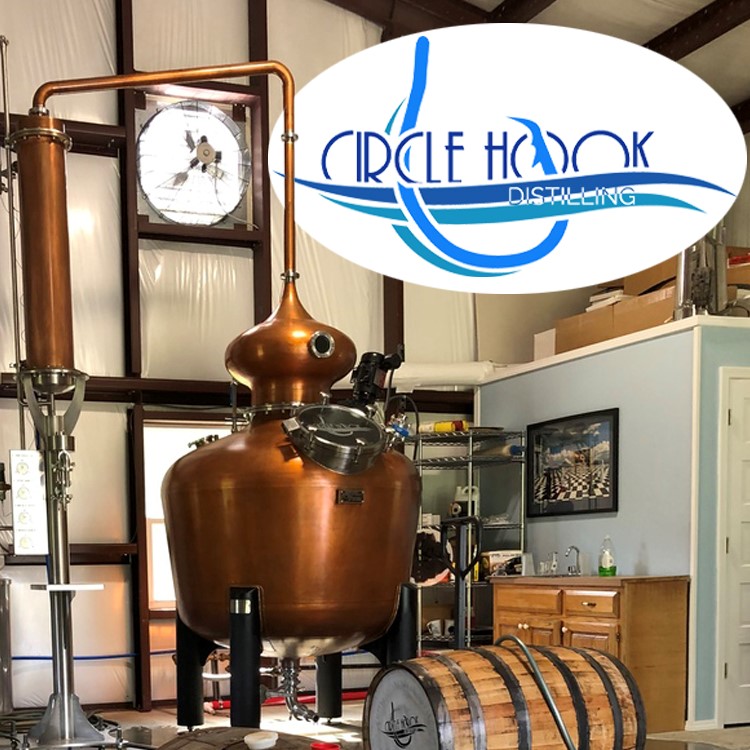Just like wine can be made using different kinds of grapes, beer can be made using different kinds of hops. There are more than 250 cataloged varieties of hops, and among the main attributes that differ from each other are alpha-acids, beta-acids, and essential oils. Many types are heavily influenced by the region they’re grown in. Some well-known varieties include the following:
- Amarillo hops: A dual-propose ingredient, Amarillo hops contribute to the bitterness and aroma of the brew to create a rich, well-rounded profile.
- Citra hops: Widely used in home, commercial, and craft brewing, Citra hops have a strong, pungent flavor ideal for bittering and aromatic purposes. This variety is used in many popular IPAs and pale ales.
- Cascade hops: This type was first developed in Oregon. With a citrus aroma and spicy notes, Cascade is commonly used in home and commercial craft brews, such as IPAs, APAs, and many other American ales.
- Centennial hops: Striking a balance between aromatic and bittering, Centennial hops are used in many pale ales, IPAs, and bitters.
- Saaz hops: With its soft bittering qualities, this is one of the most popular varietals in the market. It’s widely used in Belgian ales, light lagers, and pilsners.
- Mosaic hops: This varietal is a product of Nugget and Simcoe hops. It’s also one that’s sought after for its aromatic properties, adding earthy, pine, and fruity aromas to pale ales, IPAs, and stouts.
While these and numerous other varieties can be used to create distinct flavor profiles that consumers have come to know and love, other ingredients contribute as well. Hops can certainly enhance the bitterness, but so can orange zest, juniper, and more.





